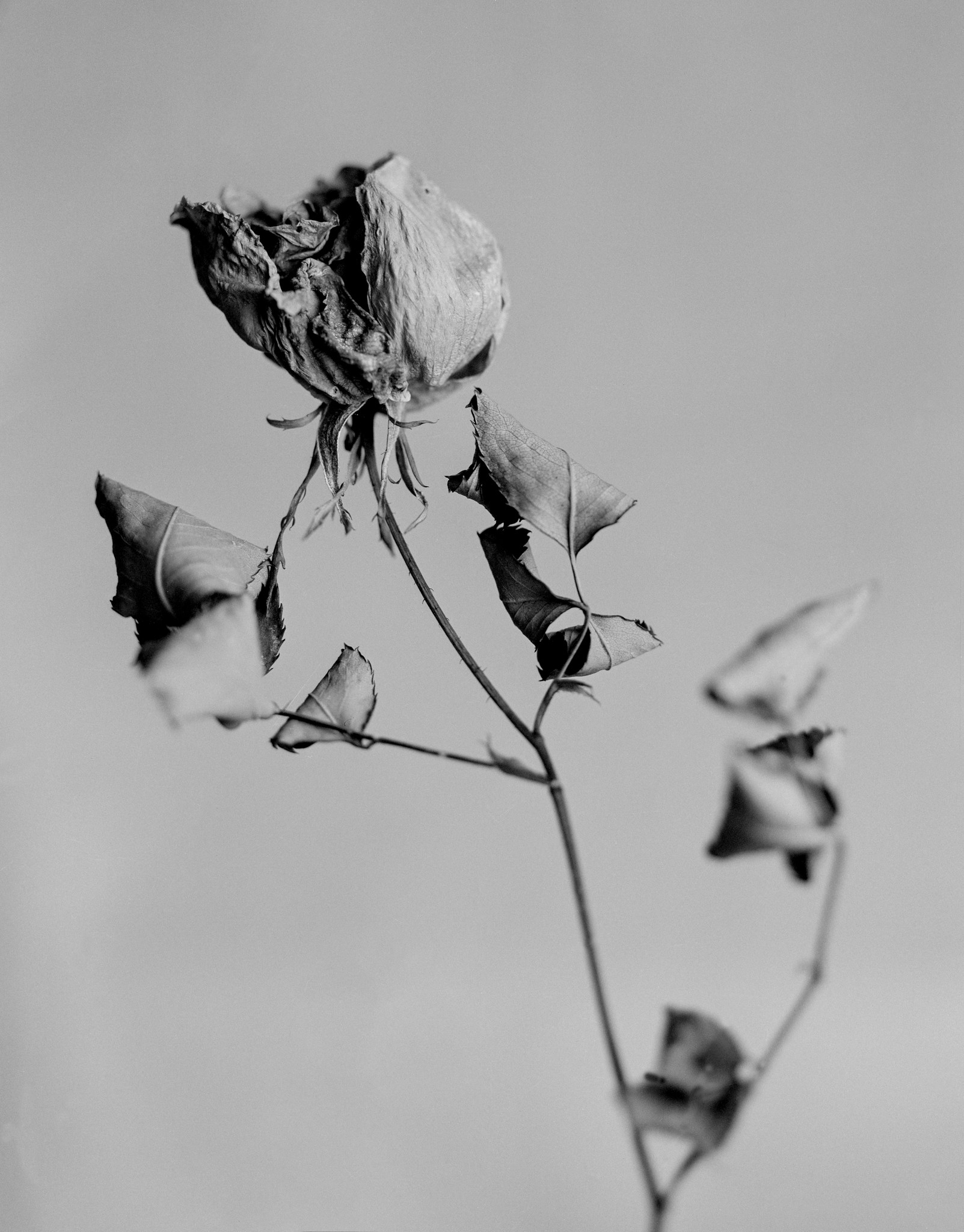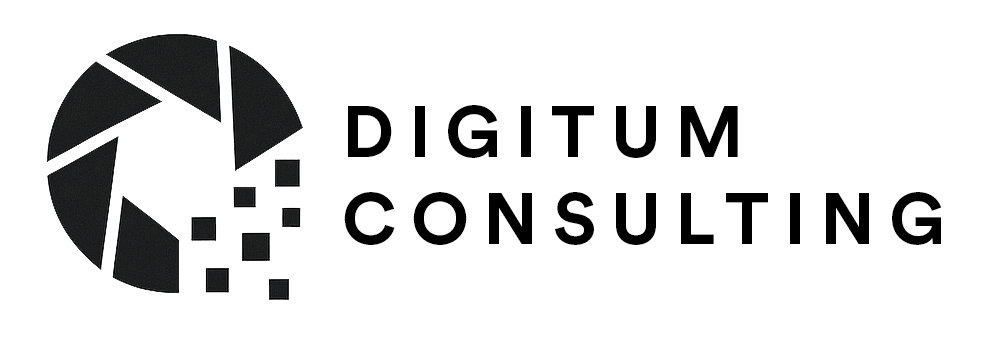In recent years, artificial intelligence (AI) has entered the world of photography. It impresses with its ability to generate realistic images, imitate artistic styles, and even replace certain types of shots. Faced with this, many photographers wonder: Will AI kill photography?
Photography styles at risk
It is true that some areas of photography are likely to be disrupted, or even replaced, by AI. Among them:
- Product photography: a simple prompt can now generate a high-quality image for an advertising campaign.
- Food photography: it is now possible to create perfect, appetizing, and well-lit dishes without even having a kitchen or studio.
- Generic stock photography: instead of browsing stock libraries, a company can generate the “ideal” photo for its need in just a few seconds.
- Conceptual setups: ads, posters, or abstract visuals can be designed without a camera.
These sectors will have to adapt, as AI offers speed and cost reduction to many clients.
But let’s be clear: an AI-generated image is not a photograph.
A photograph is the result of capturing reality with a camera and a photographer. AI captures nothing: it synthesizes an image from data. It is therefore not a visual testimony of the world, but an algorithmic creation.

But nothing will replace real life
There is a boundary that AI cannot cross: the lived experience.
- A wedding, with its emotions, laughter, tears, and surprises, cannot be artificially recreated.
- A cultural or sporting event is not lived in a prompt — it is documented on the ground.
- A genuine human portrait, where the photographer connects with the subject, cannot be replaced by AI.
- Photojournalism and documentary work, anchored in reality, retain all their legitimacy and importance.
Photography is not just about producing an image. It is also about witnessing, storytelling, and creating a relationship with the subject and the viewer.
AI: a powerful tool for photographers
Rather than seeing AI as a threat, photographers can view it as an ally. Here are some areas where it can truly help:
- Editing and post-processing: removing unwanted elements, enhancing light, restoring old images.
- Organization and management: intelligent sorting of photos, facial recognition, automatic keywording and metadata.
- Atmosphere creation: generating backgrounds or visual elements to complement a real photoshoot.
- Previsualization: simulating a setup or décor even before the photoshoot begins.
- Accessibility: supporting photographers with voice assistants, automatic corrections, or creative suggestions.
- Distribution: optimizing images for the web and social media, creating variations adapted to different formats.
Transparency and authenticity: a key issue
In the age of AI, it is crucial to distinguish between what is a photograph and what is a generated or altered image. Viewers, clients, and media must be able to know if an image has been modified.
This is where technologies like Content Credentials (C2PA) come into play: they allow embedding directly into the file an “identity card” of the image, specifying who the author is, which device captured the photo, and above all what modifications or alterations were made. This transparency is essential to maintain trust and preserve the value of photographic work.
AI will transform photography, that is undeniable. Some markets will disappear or reinvent themselves. But photography is not dead: it is reinventing itself. The role of the photographer remains unique, as they capture authentic, real moments that AI cannot invent.
Instead of being afraid, photographers would benefit from embracing these tools, integrating them into their workflow, and adding more value to what AI can never replace: human emotion, reality, and lived experience.
And with solutions like Content Credentials, they can also ensure transparency, protect their work, and affirm the authenticity of their images in a world saturated with artificial visuals.
